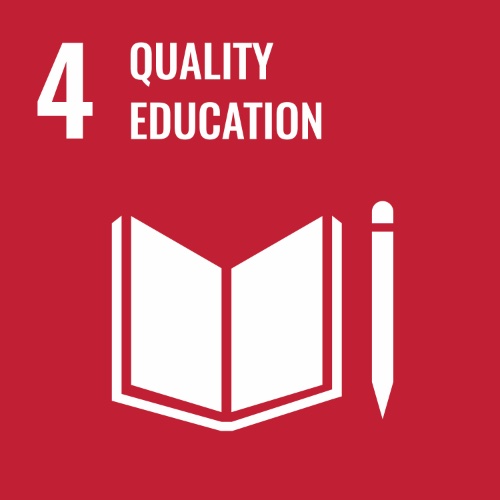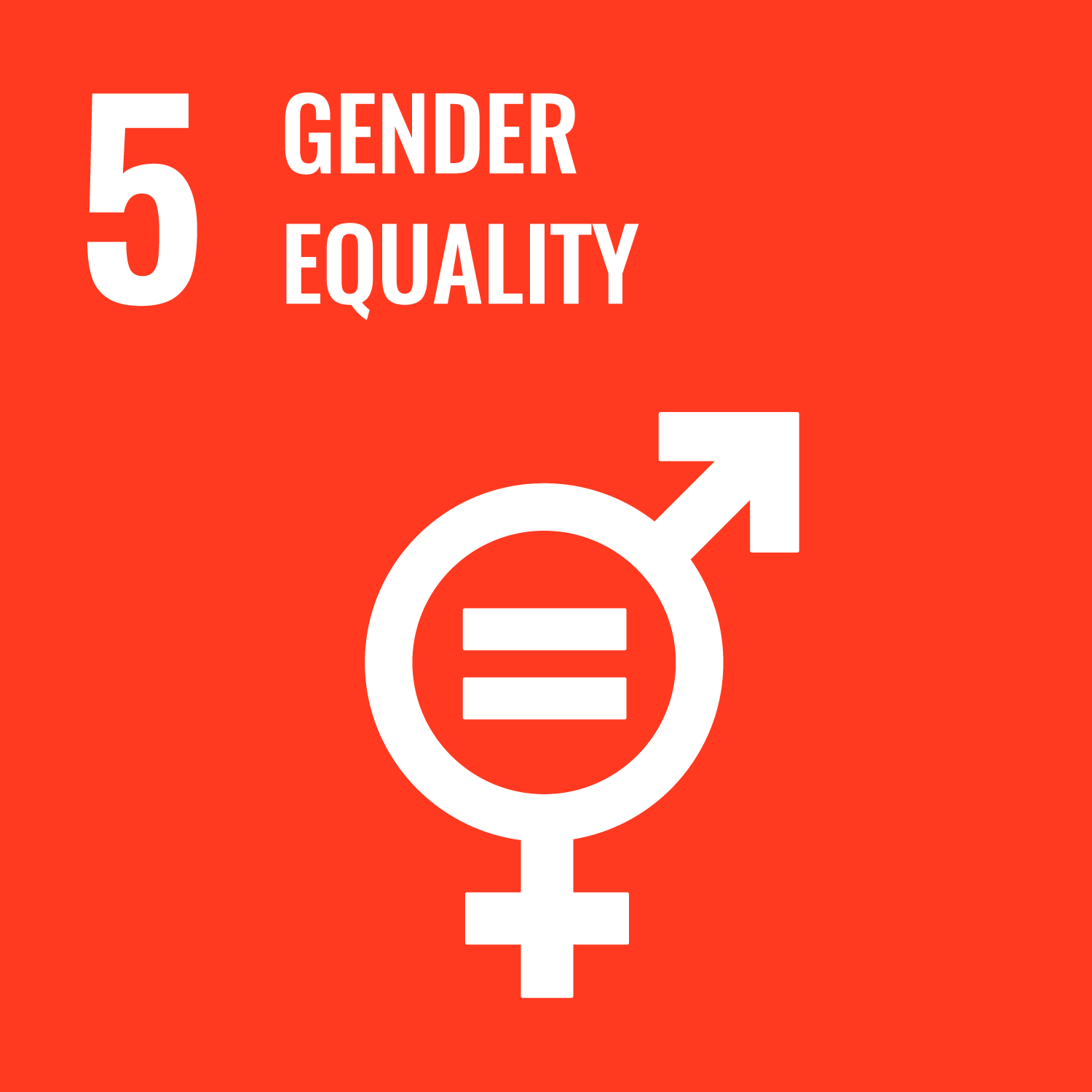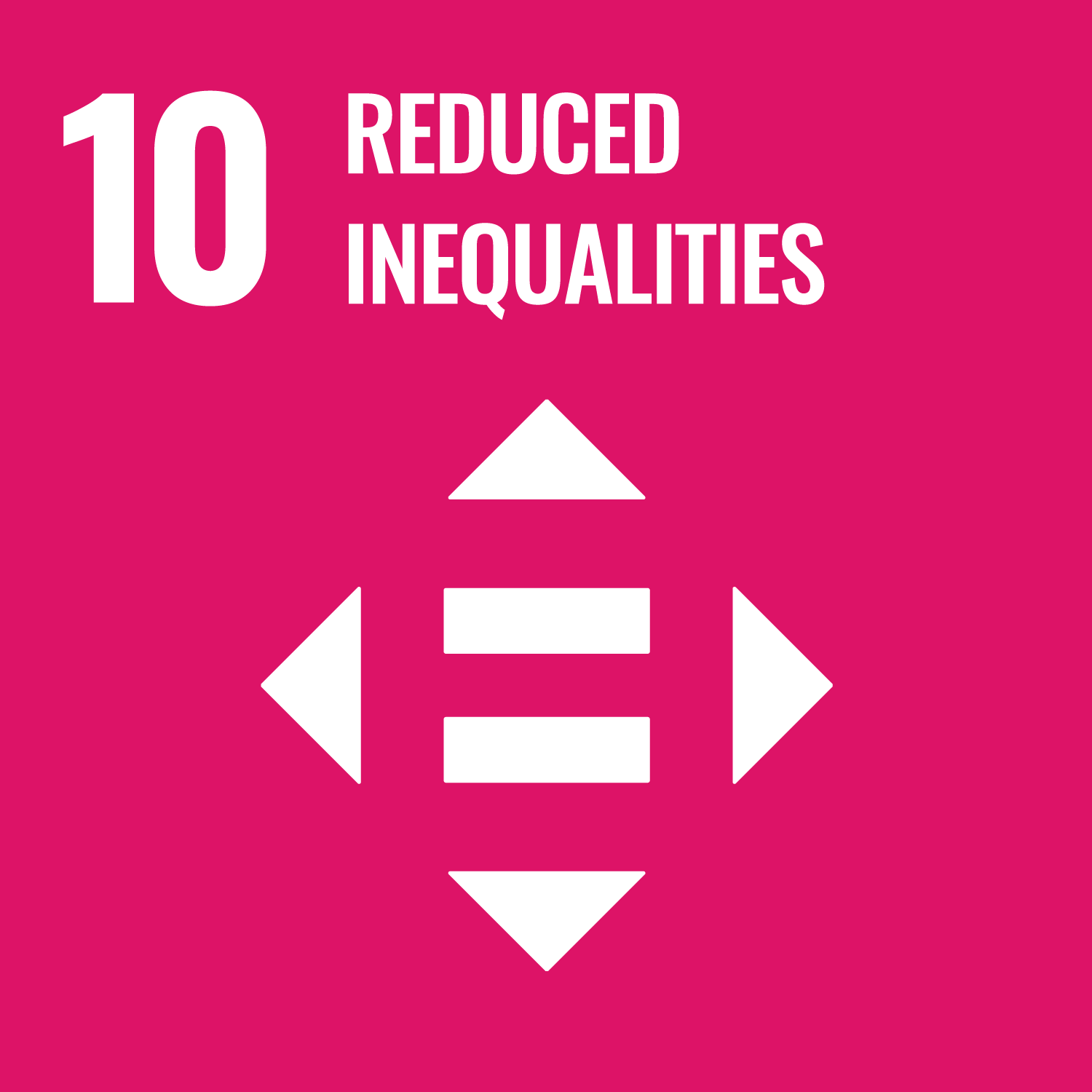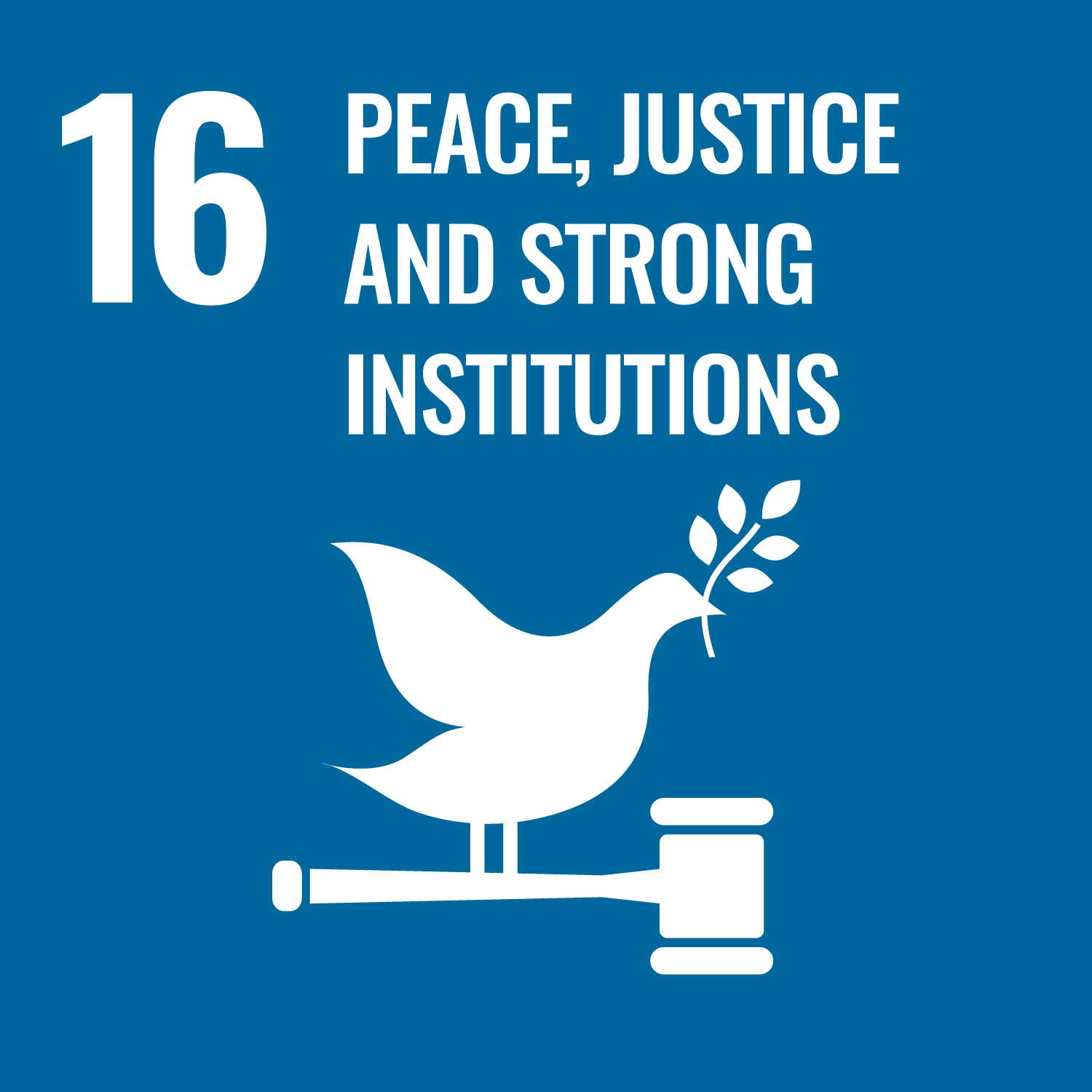Being LGBT in Asia is a report focusing on eight priority countries: Cambodia, China, Indonesia, Mongolia, Nepal, the Philippines, Thailand and Viet Nam, the report examines LGBT lived experiences from a development and rights perspective.
Given the recent amendments to Nepal’s legal environment allowing third gender markers on all formal identification documents, LGBT acceptance in Nepal is generally considered high. The relative tolerance of Nepal’s religious environment (Hinduism and Buddhism) in combination with the increasingly tolerant legal environment are often taken as acceptance of people with diverse SOGIESC. The report reveals that Nepal is still a long way from acceptance: while tolerance may be increasing, people in the LGBTQI+ community in Nepal continue to face significant barriers and discrimination.
While key advancements for the rights of LGBTQI+ people have occurred—namely the 2007 Supreme court ruling that included anti-discrimination, legalisation of same-sex marriage and recognition of a third gender category—diverse SOGIESC people continue to face social, economic, health, religious and livelihood barriers as well as violence. The report notes that LGBTQI+ people are harassed using vague laws; that factors such as caste, class, and gender play a major role in shaping attitudes towards sexuality and visibility in Nepal and that these pose a hindrance to acceptance; religion does not contribute strongly to discrimination and harassment of LGBT people; homophobic and transphobic bullying, and the lack of an LGBT-friendly environment in educational settings trigger LGBT students drop out of school; the lack of anti-discrimination laws to cover employment fosters sexual harassment and discrimination during recruitment and employment of LGBT people; access to health care is a problem for the community, especially for transgender individuals.









